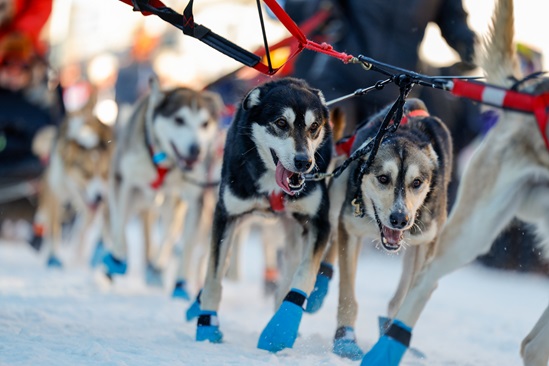Look, listen, speak for backcountry safety
Tips to enjoy a unique type of flying experience
Late summer and fall are your last opportunities to enjoy flying in the backcountry while the rugged strips are still free of snow. Whether you plan to attend a backcountry fly-in or rough it with some camping, these safety tips will help you get in and out of those strips while enjoying this special flying.
You might be heading for ArkanSTOL in Ozark, Arkansas (where you can also opt to land in Oz), or plan to pitch a tent on the well-tended turf at Johnson Creek in Idaho, or sample the dusty fun at High Sierra Fly-In coming up in Nevada. Whatever your destination, backcountry flying requires heightened situational awareness, a strong knowledge of the terrain you’ll encounter, wind patterns, and above all proficiency in short and soft takeoffs and landings.
Know well before you go. A preflight briefing for your destination is critical. You can’t wing it—literally—at strips where there may be one way in and another way out, or no go-arounds, or other nonstandard procedures. Review the field, the elevation, and the suggested approaches. The Recreational Aviation Foundation has a comprehensive directory of airstrips, and regional aviation groups such as the Idaho Aviation Association offer in-depth information as well.
See and be seen. Satellite ADS-B In and Out is your friend in the backcountry. Keep it on and use it to know the location of other airplanes. To help them spot you, turn landing and nav lights on well before your approach to a backcountry airport. “Go in lit up like a Christmas tree,” AOPA Air Safety Institute Senior Vice President Richard McSpadden advises.
Report your position. Pilots in the backcountry are constantly reporting their position as they traverse mountain passes, and that’s to help other pilots keep an eye out for them. Do your part and report your position too. The typical backcountry common traffic advisory frequency is 122.9.
Standard arrivals. Midair collisions are a real hazard in the backcountry, particularly when arriving at a well-attended event. Straight-in arrivals to airports are discouraged. Almost all backcountry strips provide for arriving pilots to overfly the field and enter something that resembles a square pattern as best they can, McSpadden says. Mass arrivals are highly discouraged. “They’re just a bad idea,” McSpadden says. Instead, treat your group as individuals and arrive in trail, keeping at least a mile separation between aircraft.
Think about the airplane ahead of and behind you. Many backcountry strips are so short that landing aircraft must back-taxi on the runway before they can park. Similarly, be mindful of where you park along the runway. When you go to depart, you must know what direction is the runway in use and ensure both sides are clear before you pull out of your parking spot.




